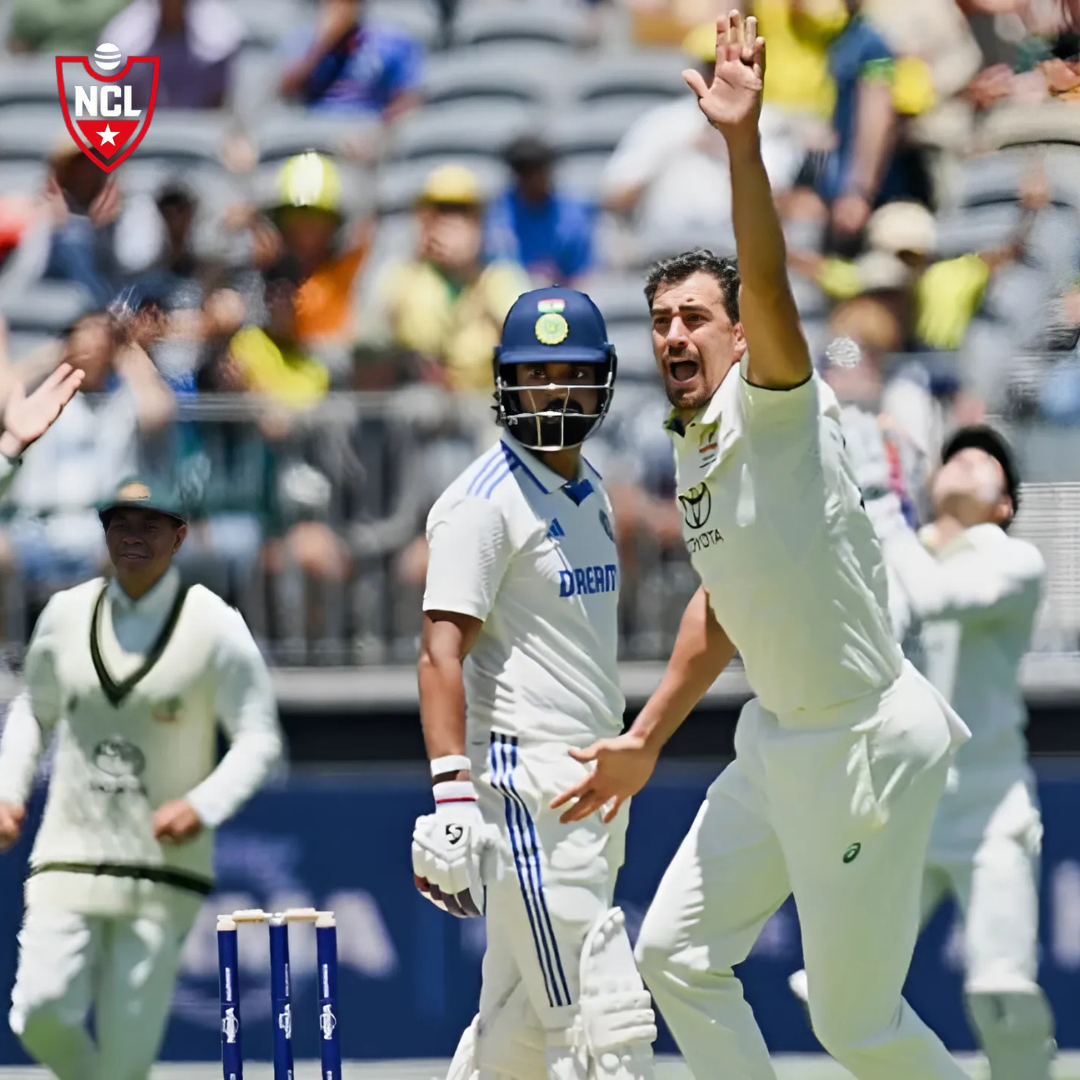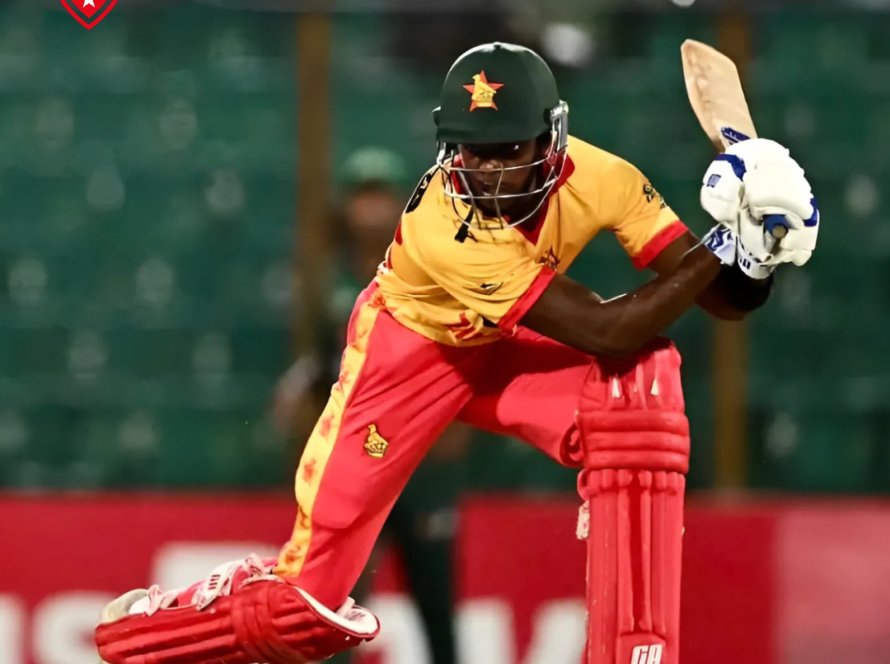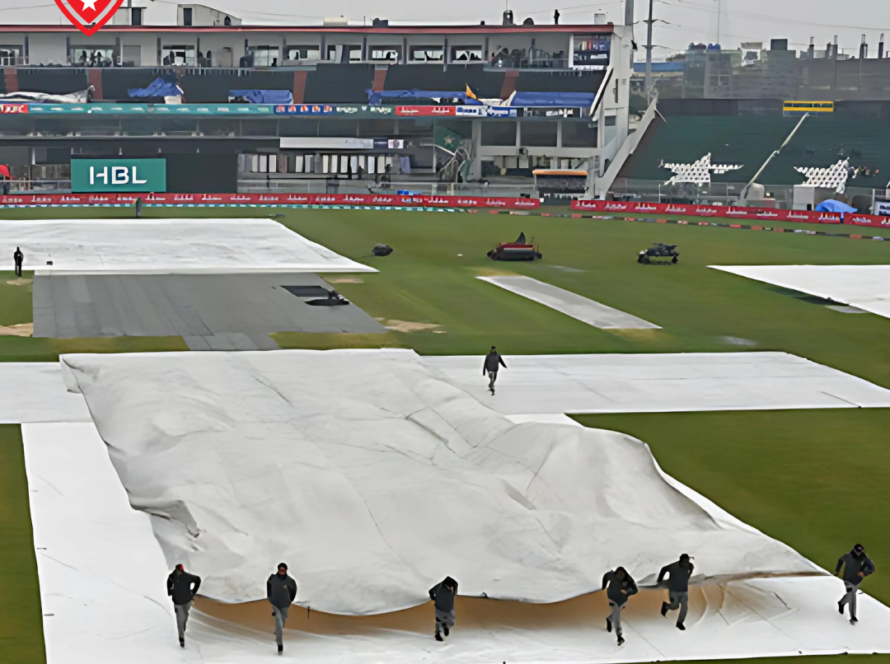During the first Test match there was quite a controversy around KL Rahul’s dismissal. The contentious DRS call shed light on technology in decision-making in a cricket match again. It happened in the morning before lunch in the first day of the trial in Perth. Rahul was on Twenty six at the time when Mitchell Starc bowled a delivery to him. The Australian players were saying please give us an advantage and the umpire said no. However, when a call was reviewed, this brought about controversies Several questions arised.
What Happened During the Controversial DRS Call?
In its review, Australia largely based their evidence on the Snickometer technology. The technology rose up as the ball went past Rahul’s bat. Rahul stickled to his word saying his bat had made a contact with the pad not the ball. In fact, Bhatt uttered those words, but the third umpire overturn the decision instead. Rahul who scored his 74 off 74 Balls looked pretty frustrated as he walked off the field. It became a close finish after India lost their fourth wicket on the 16th over to be at 47/4.
Manjrekar Criticizes the Technology Used in DRS
According to Sanjay Manjrekar they have only used the tools to carry out that decision very harshly.
”The technology given was not enough,” Manjrekar added on Star Sports. He said that the evidence contradicted and confusing each other.
“The third umpire should have asked for more angles,” Manjrekar continued to say.
Flaws in the Evidence Presented
The TV umpire relied predominantly to mostly piecemeal and visually accessible reported data. As per Manjrekar, the thing was clearly visible that the bat has struck the pad.
‘Two stabs were required to be sure of an edge,’ said Manjrekar. It has been extremely frustrating that there has been no decisive evidence, for that he thought it was rather unprecedented to make such a unfair decision.
Manjrekar Calls the Moment a Travesty
Manjrekar supported Rahul’s feelings with wind up calls after his dismissal.
”Such dismissals offend players and impact upon the game,” he said.
How the Controversial DRS Call Affected India
Rahul was let go at a time that was very sensitive for India. They were able to recover from the early collapse of top order, but it was difficult for the team. Rahul had been able to exercise patience on a testing wicket against good bowling.
Explaining his verdict, Manjrekar said the decision was ill-timed as India required stability in their cricket team.
India’s Position After the Dismissal
Rahul’s dismissal put the Indian team on the back foot while batting at 47/4. Here the team turned to middle order to stage a comeback. This led to raise eyebrows over the DRS fairness in such incidents.
Simon Taufel Analyzes the Controversial DRS Call
An international umpire Simon Taufel also contributed his views. He considered the nature and the difficulty of making sound decisions in view of the limited number of instruments available for decision/support.
Taufel said: “The ball seemed to graze the edge.” But, he also wanted to know if the bat had some time hit the pad.
Taufel Highlights the Challenges Faced by Umpires
Taufel said that during review, umpires seek irrefutable evidence_subscribe to our channel to get new videos every week_.
”They agreed that missing vertex angles and lack of clear images are a problem,” Taufel agreed. However, he came to defend the action of the third umpire stating that was the intention.
Experts Debate the Use of DRS Technology
He dismiss stated questions over the reliability of DRS systems. The ex-players and specialists urged to improve the tools for decision making.
“Cricket needs to get better the DRS technology for better call,” Tanufel said.
Wasim Jaffer’s Take on the Controversial DRS Call
Former cricketer Wasim Jaffer for once faulted the unfair nature of DRS in that it was inconsistent.
If in doubt why change an on the field call and give the officials the credit where its due? Jaffer tweeted. He said that some procedures were not followed as a result of the review.
Manjrekar Stresses the Importance of Fairness
Manjrekar explained that equity prevailed during such moments that are key to the future.
He said: “Players need correct decisions during crucial moments.”
Impact of the Controversial DRS Call on KL Rahul
Rahul’s sacking came at a wrong time when the youngster was just finding his feet in the side. The opener had been accused of in and out performance in the previous matches. That is why he struggled to be recognized and became a responsible and steady batsman in the team.
”From such moments players’ morale can get badly bruised,” remarked Manjrekar.
Rahul’s Reaction to the Decision
Being dismissed for a duck, Rahul appeared clearly embarrassed as he left the playing arena. His gestures showed that he never agreed with this particular decision the management has made.
Taufel notes that as players, one feel frustrated or demoralized when technology lets you down, and as a player he felt the same way.
The Broader Implications of the Controversial DRS Call
The event brought back discussion on the reliability of technology used in Cricket again. Interviews revealed that opponents said that improper systems would also unjustly affect the game.
According to Jaffer, the cricket badly requires improved tools for decision making.
Calls for Improved Technology in Cricket
Some urged the continued development of high-level technology and added that the fairness of the fight is ensured.
‘High stakes require a robust system,” Manjrekar told Times of India. He called on the cricket boards to focus on upgrade of DRS tools.
The Lessons Learned from This Incident
That arguably contentious call to do with the Decision Review System underlined the need for precise technology. Situation like these should teach cricket’s sporting bodies on how to improve consultations and decision making.
‘Players, umpires and fans need certainty during reviews,’ stated Taufel.
Future of DRS in Cricket
Cricket boards must make sure that these DRS tools fails not and are amount to the same. Sophisticated systems shall minimize mistakes as well as the credibility of the game, shall be enhanced.
The clash of such controversies is a clear indication that better technology will eliminate such problems in a near future, according to Manjrekar.
Conclusion
The contentious DRS call against KL Rahul has brought back arguments about the use of technology in cricket again. Prominent luminaries such as Sanjay Manjrekar and Simon Taufel criticized about absence of clear evidence along with contradictions in the process of review. That is why there is a demand for improving the technology and rules for proper results required during significant games.
To India, losing KL Rahul under mysterious circumstances was a big setback but it also brought in the spirit of the team to stand up in the tough times. As we progress, cricket boards should continue and strive to ensure that the DRS as a system is kept accurate, perceivably honest to its given responsibility. The event of that match has a lesson for everyone to embrace the spirit of technology but the technology that is enshrined to support the spirit of the game must be of high standard.
FAQs
- Why was KL Rahul’s dismissal controversial?
The decision made by DRS was more or less based on assumptions, and therefore raised controversies. - What did Sanjay Manjrekar say about the DRS call?
He fumed that it was wrong to trust such technology to make the decision. - How did Simon Taufel view the decision?
Much as Taufel pointed out the difficulties, he stood for the third umpire. - What impact did the dismissal have on India?
Their dismissal has come at a wrong time for India in the middle of their innings.
What improvements are needed in DRS technology?
The critics therefore recommend improved camera shots and proper tools for reviews.




